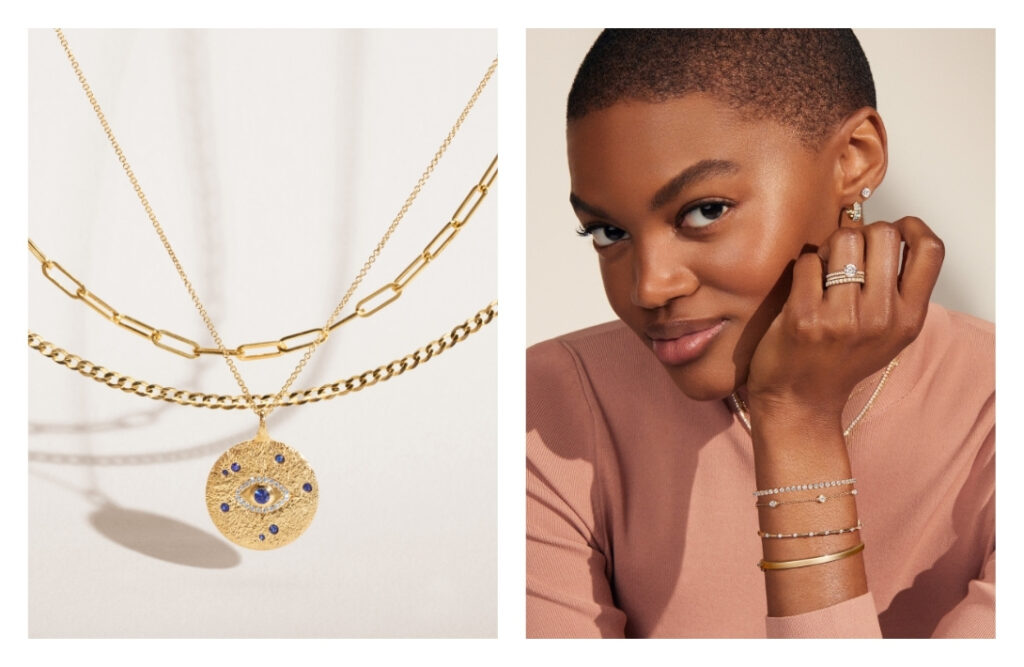If you want to switch up your hairstyle without breaking the bank, DIY hair colouring can be a great option, but it’s essential to approach the process carefully. You’re not alone if you’re considering colouring your hair at home. With the increased rise of social media platforms and DIY beauty trends, more and more people are opting to colour their hair.
Assess your Hair
Before embarking on any hair colouring process, the first step is to assess your hair’s condition to determine whether it is strong and healthy enough for colouring and the most appropriate for your hair type.
Different hair textures, such as curly or straight hair, may require different colouring techniques to achieve the desired result. For example, if you have previously coloured your hair or have naturally dark hair, it may be more challenging to get a lighter colour, and additional steps may be required.
If your hair is already damaged or fragile, maybe shedding or stressed, adding colouring it can cause further damage and make it more prone to breakage. In this case, wait until your hair has fully recovered before applying any colour.

Choose the Right Shade
Select a colour that complements your skin tone and looks natural. Matching your natural hair colour as closely as possible will help ensure a seamless transition without a drastic change in appearance.
Consider your lifestyle and how much time and effort you will put into maintaining a new hair colour. For example, if you have a busy lifestyle or don’t want to spend much time and money on upkeep, you might choose a low-maintenance hair colour that doesn’t require frequent touch-ups.
Do a Test
It’s best to perform a strand test, which involves taking a small section of hair, usually from the back of your head or underneath, and applying the hair dye. It will give you a good idea of the final result before applying the dye to your head.
The second type of test is a patch test, where a small amount of hair dye is applied to an area of skin, such as behind your ear or on your inner arm, to see if you have an allergic reaction. Sometimes, you may have to wait for a 24-48 hour period before getting results, if any.
Doing these tests may seem like an extra step, but they can help prevent a potential hair-colouring disaster and keep you safe. Hair dye can be unpredictable, and everyone’s hair reacts differently to it, so it’s better to be safe than sorry.

Natural Versus Relaxed Hair
There are some significant differences between colouring natural hair and colouring relaxed hair. For example, natural hair tends to be more porous and absorb colour more efficiently. On the other hand, relaxed hair may not absorb the colour effectively and in the time allocated. So, in general, take extra care when colouring relaxed hair to avoid over-processing.
Prepare your Hair
Have clean, dry hair before colouring. If your hair is dirty or oily, it can prevent the colour from adhering evenly to your strands, leading to a patchy or uneven colour. Don’t use styling products before colouring, as they can leave a residue that can interfere with the colour.
Additionally, you should not wash your hair before colouring, as this can strip it of its natural oils and make it more prone to damage from the colouring process. Most hair experts recommend waiting at least 24-48 hours after washing your hair before colouring to allow your hair’s natural oils to replenish and protect your strands.
Read the Instructions
Before starting the hair colouring process, read the instructions on the hair colour box. It will help you familiarize yourself with the various processes and understand the steps involved and any precautions you should take to save your hair.
Following these instructions closely will prevent unwanted side effects. The box may also include tips or recommendations for your hair type or the specific colour you chose. Depending on your hair’s natural colour, some may require a different application technique.

Caution on Bleach
While it can be an effective way to change hair colour dramatically, you must remain cautious when using bleach, as it can damage your hair if not used properly. Bleach is a very harsh chemical which can cause significant damage to your hair if left on too long or used too frequently.
Over-bleached hair can become dry, brittle, and prone to breakage, so use it sparingly and follow the instructions on the product container carefully. Always wear gloves, a protective cape or a towel, and work in a well-ventilated area to prevent inhaling the fumes.
Maintain your Colour
After colouring, use a colour-safe shampoo and conditioner designed to be gentler and help preserve the colour for longer. Avoid excessive heat styling, which can cause damage to your hair. So whenever possible, it’s best to air dry your hair or use low heat settings. If you’ll spend time outdoors, wear a hat or use a leave-in conditioner with SPF protection to shield your hair from the sun’s harmful rays. You can also use a finishing spray or dry oil with UV filters to combat-related dryness and soften hair.

Touch Ups
Get regular touch-ups to maintain your hair colour. How often you need to touch up will depend on the specific colour and the rate at which your hair grows. But touching up your roots every four to six weeks is advisable to keep your colour looking fresh.
Summary
To sum it all up, colouring your hair at home can be a fun and cost-effective way to switch up your look, but you should approach the process cautiously and carefully. From selecting the right shade and assessing your hair type to following the instructions on the hair colour box and maintaining your colour after the fact, there are many factors to consider.
By preparing and following these tips for DIY hair colouring, you can achieve beautiful, vibrant colour while keeping your hair healthy and strong. Always test the colour to avoid any surprises and ensure a successful outcome.
Jennifer M Williams | Editor-in-Chief








